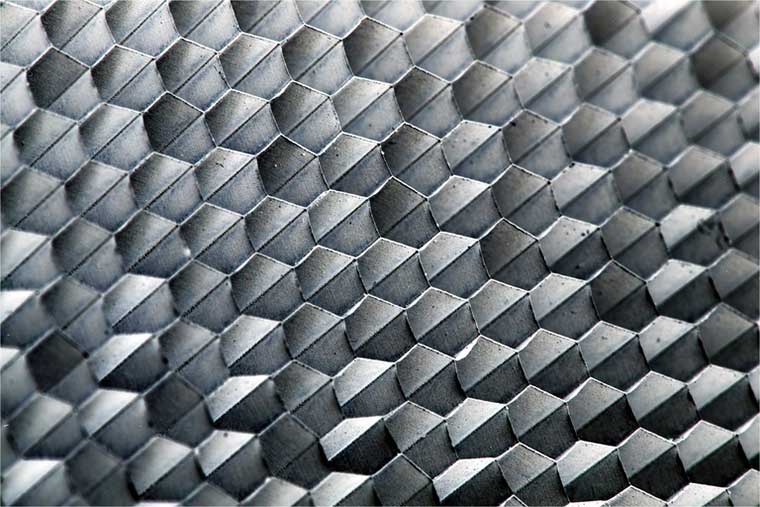

You’ll often hear people refer to space as white space or negative space in graphic design, which can be defined as the space between or around objects. The Elements section in our banner maker has a Shapes category as well, where you can find anything from arrows to stars, ribbons, labels, badges, frames, speech bubbles, or blobs. If, on the other hand, you want to induce a more masculine feeling, then use angular shapes. If you want to suggest feminity, then you can use curvy shapes such as circles. Shapes can be geometric (rectangle), realistic (animals), or abstract (icons), and they have two dimensions: height and width. By reversing this, we can define shapes as something enclosed by lines, which are its boundaries. I talked above how lines can create shapes, among other things. Combining colors between them is the key to creating a visual that matches your brand. You can use color as a background, or to support other elements in your design.

The key here is to know a little bit of color theory. For example, a color that’s happy in a particular country can send negative emotions in another one.Īlso, something as simple as changing the hue or the saturation can send a different type of feeling.

There are also cultural differences that you need to take into account when using colors in design. It’s well-known that the color red is usually associated with love, passion, or anger. The design possibilities are endless thanks to these elements.Ĭolor is one of the most important elements of design because they can evoke certain emotions. You can also use them as connectors or separators. These elements will help you create more diverse content, such as infographics, mind maps, flows, or routings. In the Elements section, you can now find 80 new, end-to-end scalable, flexible lines and arrows. The great thing about using a design tool such as Creatopy is the fact that you don’t need to create lines from scratch. You can play around with this type of element and see how you can implement it in your visual materials. A straight line can send the feel of order and neatness, while a wavy line can create movement.Ī technique that’s often used with lines is directing the eye towards a particular area of a design. They can be thick or thin, vertical, horizontal, or diagonal, or they can create texture. You’ll often see that lines are also used to create perspective or evoke a certain feeling. They can also be defined as linear marks that can describe a shape or outline something. Lines are the most basic element of design, and they make up pretty much everything. In today’s article, I will walk you through some of the most essential design elements and principles of design that will hopefully provide the inspiration you need for your next projects. The most significant difference between design principles and elements is that the latter can be labeled as rules, while elements are the components that are going to help you follow those rules for the best design outcome.Īnd even though rules can be broken, they have been created for a reason.ĭesign is all about carefully combining design elements and using the right principles to create a visual representation of an idea. These elements and principles of design represent a set of guidelines that have the purpose of helping you create aesthetically pleasing visuals.

The principles of design, on the other hand, are all about how a person uses the graphic elements to create a display ad and convey a message. In other words, they represent the base of graphic design. The elements of design are the parts that define the visual, the tools and components that a person uses to create a composition. While no one can answer this question in just one paragraph, you should know that there are a few elements and principles of design that can make your work much more manageable. You’re probably wondering what makes good design and how you can make banner ads that stand out.


 0 kommentar(er)
0 kommentar(er)
